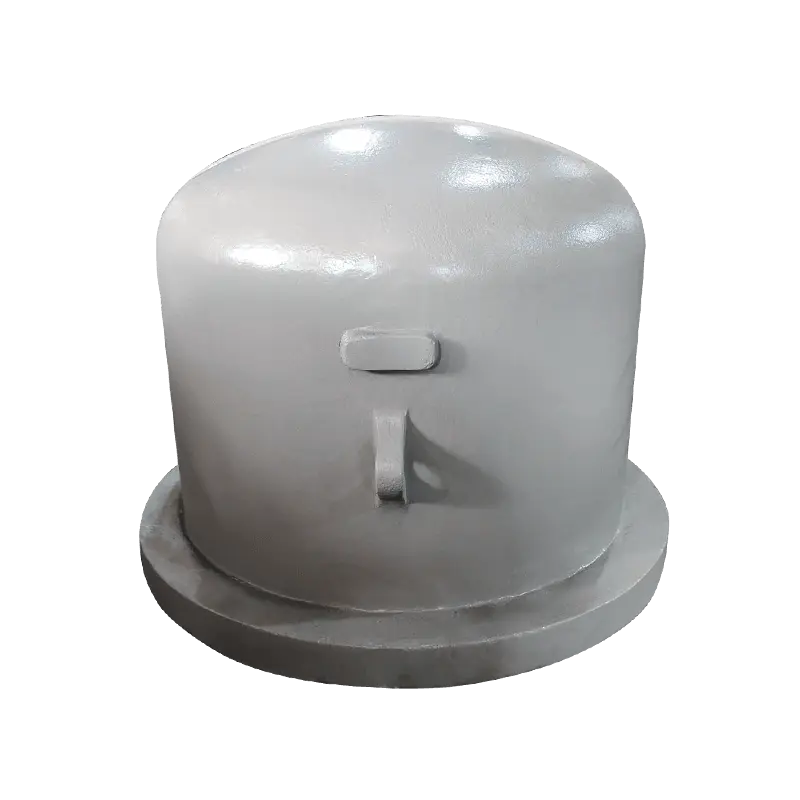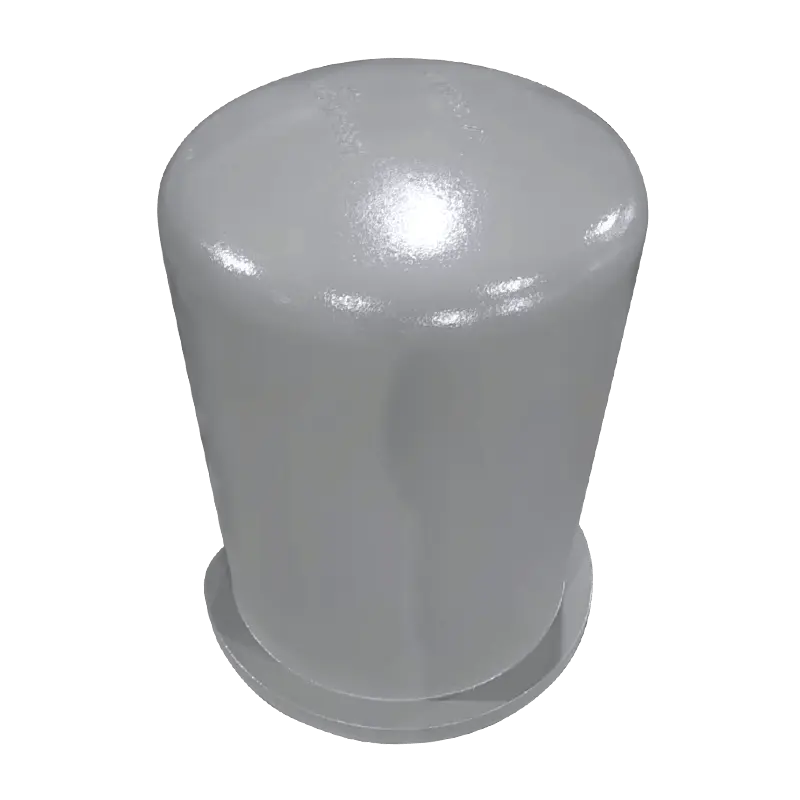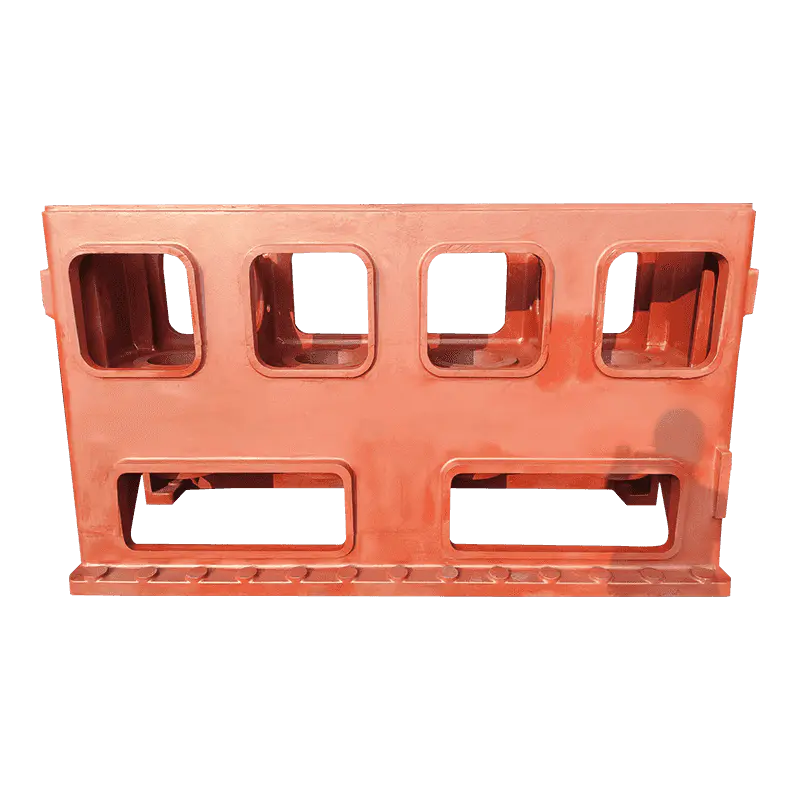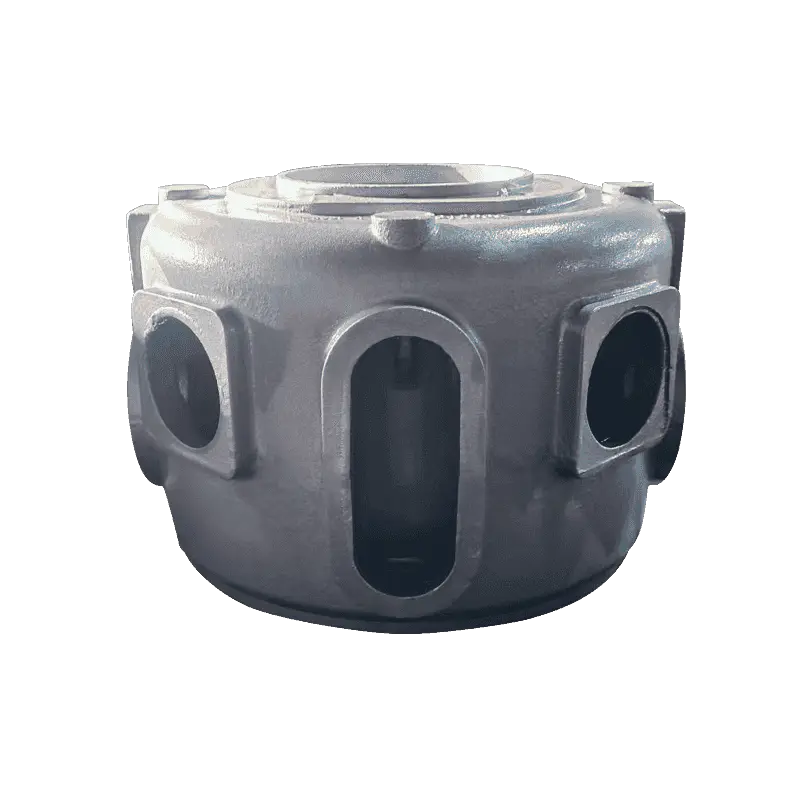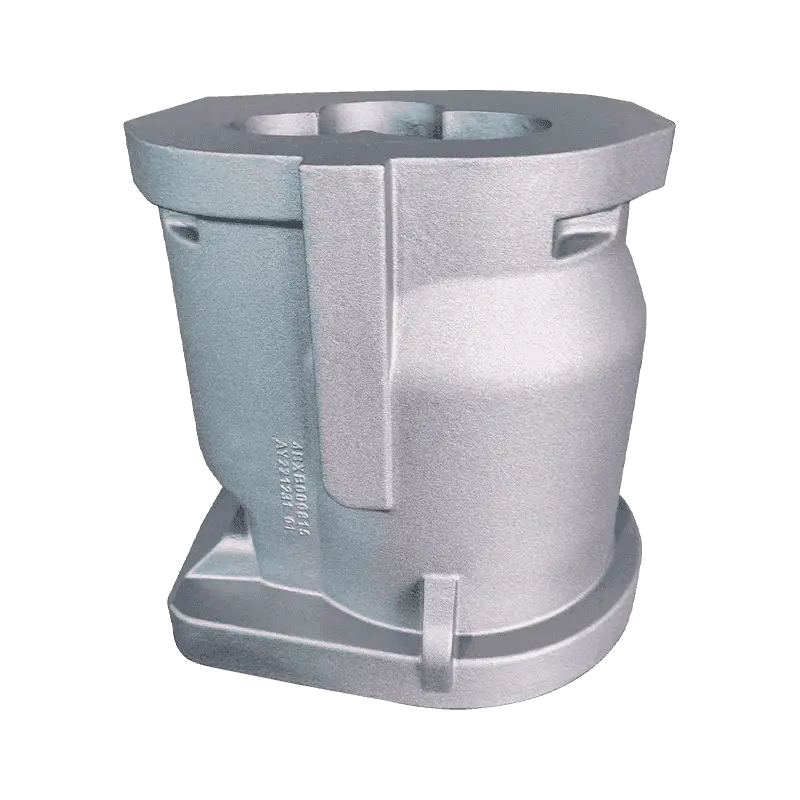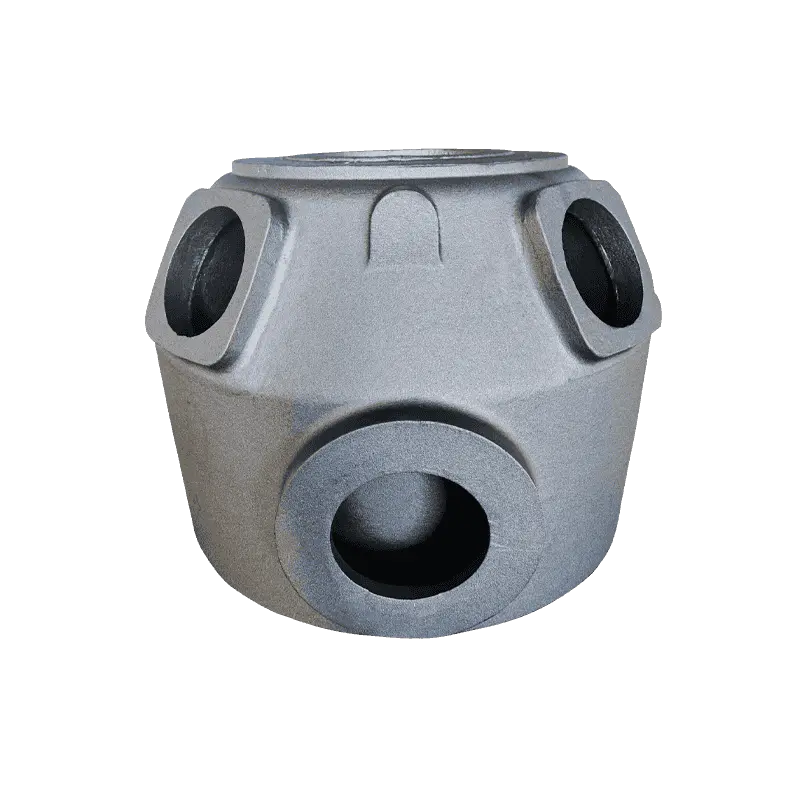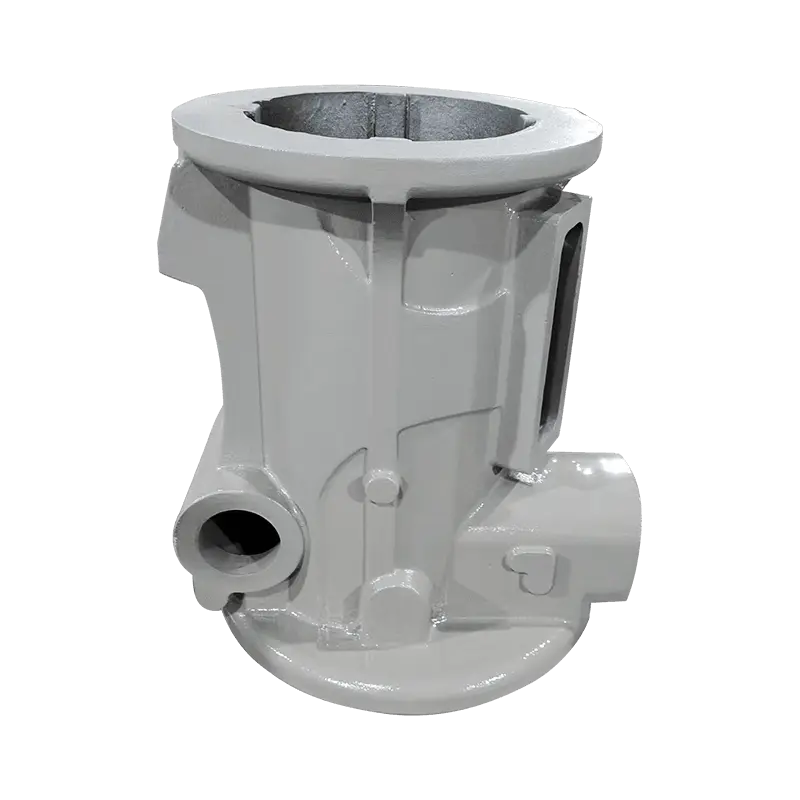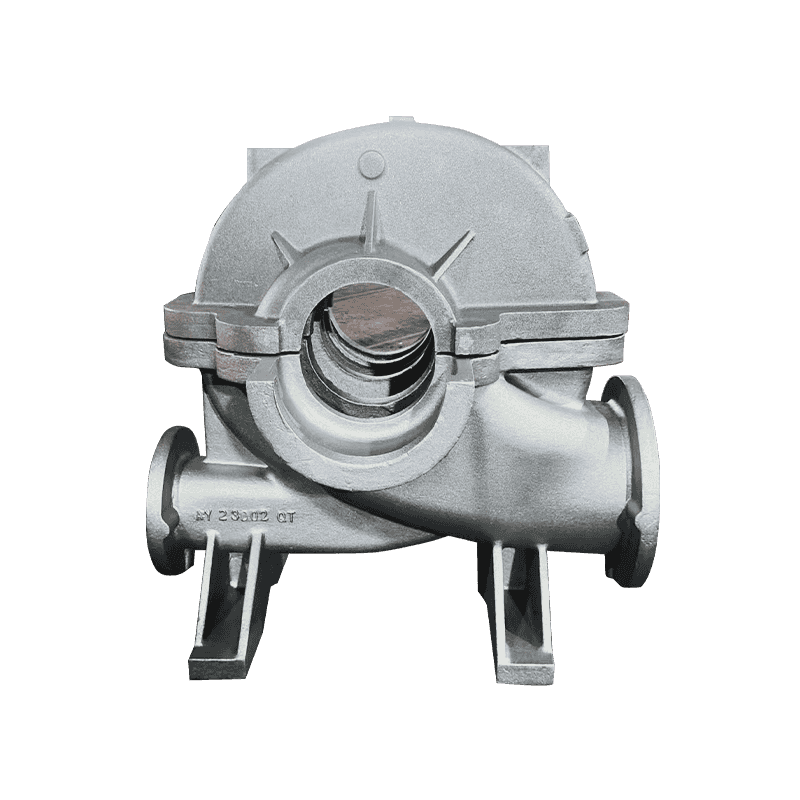The resin sand casting process used in manufacturing the Compressor Heritage Resin Sand Cylinder enables the formation of complex geometries with excellent dimensional reproducibility. This process offers superior mold stability, allowing critical structural features—such as mounting bosses, bolt hole layouts, and internal bores—to be accurately cast to near-net shape. As a result, the cylinder consistently meets the geometric constraints necessary for aligning with cylinder heads, pistons, and valve plates. This precise mold replication minimizes post-casting distortions and contributes to consistent fitment across production batches, which is particularly valuable when working with legacy compressor platforms where standardization is essential.
Following the casting stage, the Compressor Heritage Resin Sand Cylinder undergoes a series of precision machining processes that refine all functional interfaces. These operations—typically performed on CNC machining centers—ensure critical surfaces such as the cylinder flange, internal bore, and bolt holes meet tight tolerances. The bore’s roundness, straightness, and surface finish directly influence piston alignment and motion, while the precision of bolt hole spacing and thread accuracy ensures proper torque application and component fitment. By controlling these tolerances to industry or OEM standards, the final product integrates seamlessly with adjoining mechanical elements, preventing misalignment-induced issues such as uneven wear, leakage, or vibration.
One of the most critical aspects of cylinder performance lies in the concentricity of the bore relative to the mounting flange and the perpendicularity of the bore axis to the sealing surface. The Compressor Heritage Resin Sand Cylinder is machined to maintain strict alignment parameters, which allows for uniform compression and seal loading across the gasket interface. This alignment is vital for both dynamic sealing between piston rings and the cylinder wall, as well as for static sealing between the cylinder and the head or valve plate. Improper alignment in these areas can lead to gasket failure, gas bypass, and compromised compressor efficiency, all of which are avoided through precise metrology and machining verification.
Given that the Compressor Heritage Resin Sand Cylinder is often used to replace or replicate components in older or discontinued compressor models, maintaining compatibility with existing mating parts is a design priority. Engineers typically use reverse engineering techniques, CAD modeling, and legacy blueprints to ensure that the cylinder’s dimensions match those of the original components with high fidelity. Critical fitment features—such as bore diameters, bolt circle diameters, flange thicknesses, and port locations—are held to legacy specifications to allow direct substitution without the need for retrofitting or re-machining of adjoining components, ensuring long-term maintainability of heritage systems.
The internal bore geometry of the Compressor Heritage Resin Sand Cylinder is finished to strict dimensional and surface standards to support the optimal operation of the piston assembly. Consistency in bore diameter, taper, and roundness ensures the piston travels smoothly and remains centrally aligned, minimizing lateral loading and wear on the piston rings. Appropriate bore-to-piston clearances are maintained to ensure effective oil film retention, controlled thermal expansion, and efficient compression. These characteristics are critical for ensuring long service life and energy efficiency in compressor operation.


